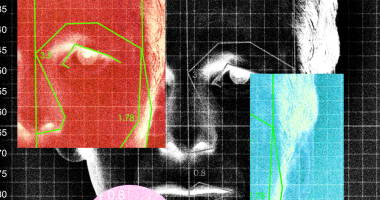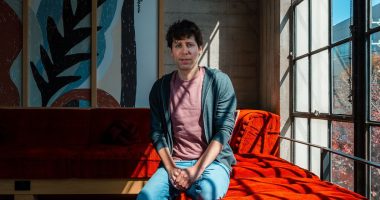SKELETONS unearthed from three graveyards have revealed that poor people had it tough in medieval Cambridge.
Researchers used X-ray scans to establish that ordinary working people were at greater risk of injury than those with a bit of cash to splash.
The team from Cambridge University said skeletal trauma was highest in a parish graveyard for poorer folk, called All Saints by the Castle.
As many as 44 per cent of working people buried there had bone fractures, compared with 32 per cent of skeletons at an Augustinian friary that buried wealthy donors alongside clergy, according to a study about the findings.
There were fewer injuries to those buried at the charitable Hospital of St John the Evangelist, where the infirm and destitute were interred.
At that graveyard, only 27 per cent of the skeletons sported fractures.
Study lead author Dr Jenna Dittma said: “Ordinary working folk had a higher risk of injury compared to the friars and their benefactors or the more sheltered hospital inmates.
“These were people who spent their days working long hours doing heavy manual labour.”
Dr Dittma added: “In town, people worked in trades and crafts such as stonemasonry and blacksmithing, or as general labourers.
“Outside town, many spent dawn to dusk doing bone-crushing work in the fields or tending livestock.”
All of the burial sites were within the historic city centre and the 314 skeletons, all at least 25 per cent complete, dated from the 10th to the 14th century.
Cambridge was primarily a provincial town of artisans, merchants and farmhands at this time, with scholars arriving in 1209.
Its population was 2,500 to 4,000 by the mid-13th century.
Participation in adult work often began in earnest at the age of 12, so those estimated to have been younger were discounted from the study.
Researchers catalogued the nature of every break and fracture on the 84 skeletons from the parish graveyard, 155 from the hospital and 75 from the friary.
Fractures were more common in male remains (40 per cent) than female (26 per cent) across all burials.
While the poor had the most fractures, the most extreme injury was found on a friar suspected to have died in a cart accident.
He was identified as a friar by his burial place and belt buckle.
“The friar had complete fractures halfway up both his femurs,” said Dr Dittmar.
“The femur [thigh bone] is the largest bone in the body.
“Whatever caused both bones to break in this way must have been traumatic, and was possibly the cause of death.”
She said that today’s clinicians would be familiar with such injuries from those hit by vehicles – it is the right height.
“Our best guess is a cart accident,” she said. “Perhaps a horse got spooked and he was struck by the wagon.”
Another friar had defensive fractures on his arms and blunt force trauma to his skull, suspected to have been inflicted by another person.
A female skeleton in the parish graveyard displayed signs of suspected domestic violence – rib, jaw, foot and vertebrae fractures that healed before death.
Dr Dittmar said the parish graveyard was, at the time, close to where urban met rural.
“Men may have worked in the fields with heavy ploughs pulled by horses or oxen, or lugged stone blocks and wooden beams in the town,” she said.
“Many of the women in All Saints probably undertook hard physical labours such as tending livestock and helping with harvest alongside their domestic duties.
“We can see this inequality recorded on the bones of medieval Cambridge residents.
“However, severe trauma was prevalent across the social spectrum.
“Life was toughest at the bottom – but life was tough all over.”
The findings are published in the American Journal of Physical Anthropology.
The world’s most gruesome ancient burials
Here’s some of the most haunting archaeological discoveries ever made…
- Shackled skeletons: A mass grave in an ancient Greek cemetery was found to contain 80 skeletons all with their wrists clamped in iron shackles; archaeologists think they were victims of a mass execution but why this happened remains a mystery
- Mass child sacrifice: The remains of nearly 270 children sacrificed to the gods 500 years ago were recently found in a gruesome ancient mass grave in Peru
- Family massacre: Archaeologists recently discovered that a 5,000 year old mass grave site was the result of a tragic family massacre; the burial site in Poland contains the bodies of men, women and children who all had their skulls smashed to pieces
- Bog bodies: In 1950, experts found a bog body with a “face so fresh they could only suppose they had stumbled on a recent murder.” The corpse, referred to as the Tollund man, is probably the most well-preserved body from pre-historic times in the whole world
In other news, a miner in Africa has found a 442-carat diamond that could be worth up to $18million (£13.7million).
The last meal of a 240million year old sea monster has been revealed by archaeologists.
And, the earliest art ever created on the British Isles has been discovered – dating as far back as 23,000 years ago.
What are your thoughts on the ancient skeletons? Let us know in the comments…
We pay for your stories! Do you have a story for The Sun Online Tech & Science team? Email us at [email protected]
This post first appeared on Thesun.co.uk





















